BMW E36 Handbrakes adjustment!
Hello my friends,
I was looking for information about BMW E36 and I found this article about how to adjust BMW E36 handbrakes. Every time I pull the handbrake, I notice that it goes far more than it should and I notice also that it doesn’t stop the car 100%. Usually, when I release the brake pedal, after pulling the handbrake, the car moves slightly and then stops. This shouldn’t happen and the following procedure should fix this problem. So, if your car is like mine, then you have some work to do instead of reading this post . . . well, you can finish reading this post and then do the work 😉
Disclaimer: Use this procedure at your own risk!! There’s no way you can blame me for breaking your car this time ..ok ? then proceed 🙂
To adjust the handbrake you need to carefully pull up the leather gaiter by the rear of the base base and pull out of the way it turn until it’s inside out. Put the car in 5th gear and slowly release the handbrake. Undo the top locking nut and adjust the handbrake travel by tightening or loosening the lower bolts i.e. tightening makes the travel shorter.
The handbrake is adjusted correctly when it takes between 5 and 10 clicks to be fully on, you can check both rear brakes are equally adjusted by slowly rolling the car forwards and stopping it on the handbrake, if you feel it rocks the car, the side that rises first is this side that is braking more than the other so either loosen it off a bit or tighten up the other side, don’t rely on looking at the two threads and adjusting each one until they are equal as this doesn’t take into account cable stretch and differing pad wear etc – this can clearly be seen in the picture.
Once they are adjusted equally tighten the top locking bolts and clip the handbrake leather gating back into place.
Are you looking for more do it yourself procedures (DIY) ? I recommend the Bentley BMW 3 series service manual for you. I got it and I think it’s a gold mine for us -BMW E36 Owners-. If you didn’t grab your copy yet, get it right now! I’m sure you’ll find this book worth every penny you’ve paid for. Get the Bentley BMW 3 series service manual
Wait for more from . . . BMW E36 Blog
Best regards,
Tony Sticks.

Want to receive exciting tips & information about BMW E36 cars? Enter your Email:-
posted in Brakes, Do It Yourself, Technical Info | 5 Comments
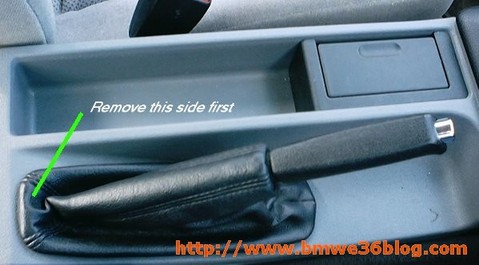
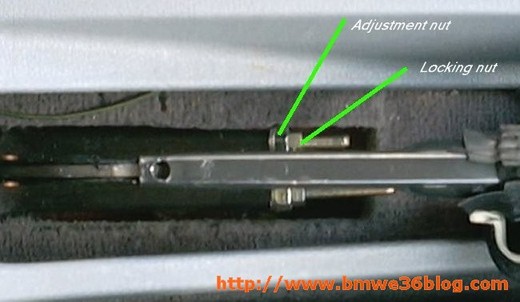
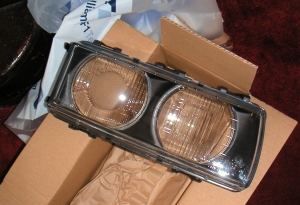
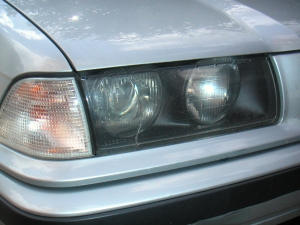
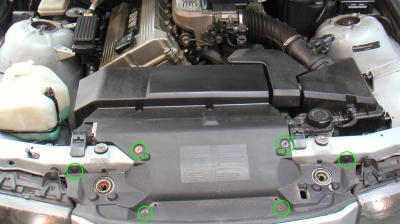
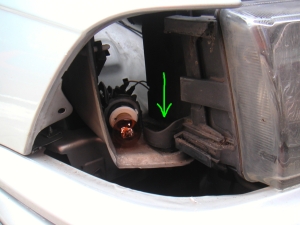
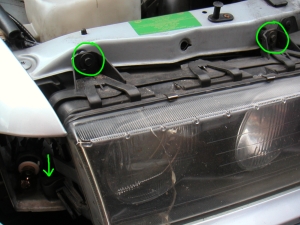
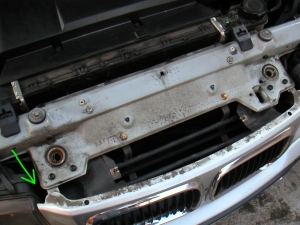
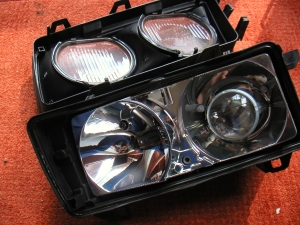
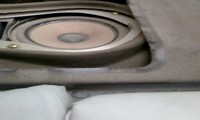
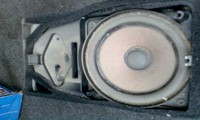
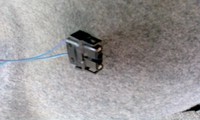
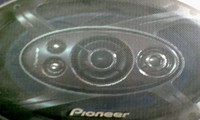
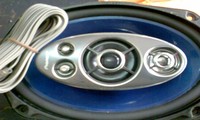
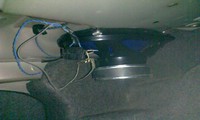
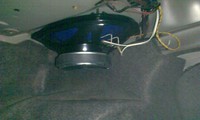
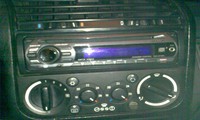
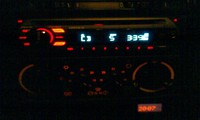
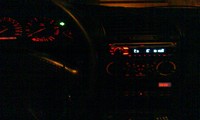

 (4.86 out of 5)
(4.86 out of 5) (4.07 out of 5)
(4.07 out of 5)



